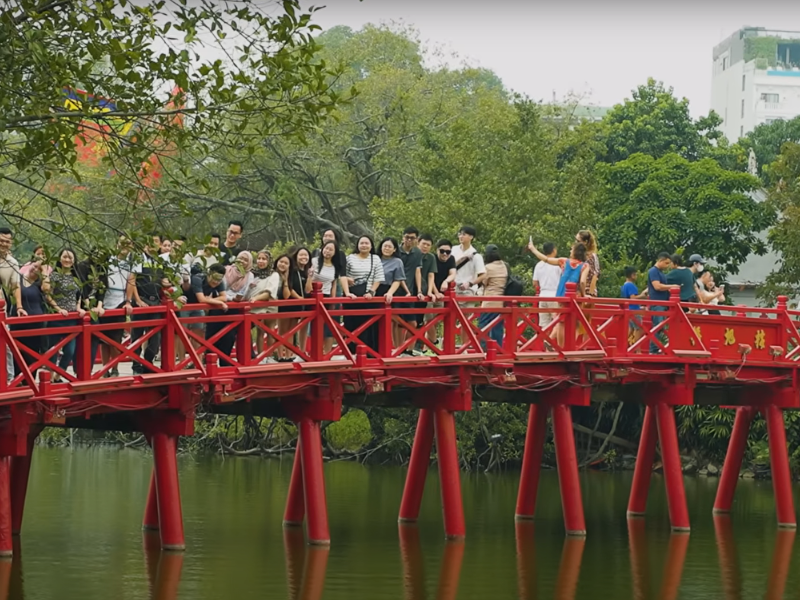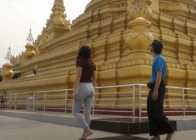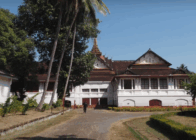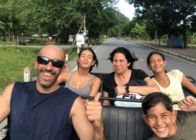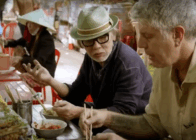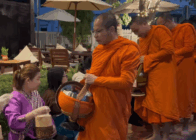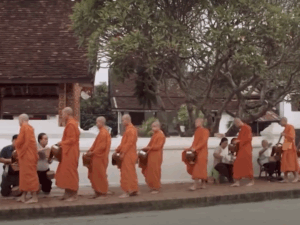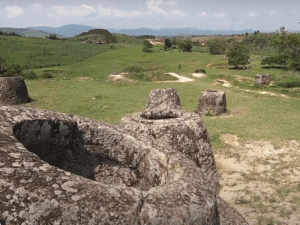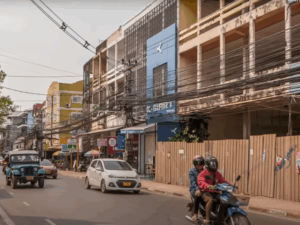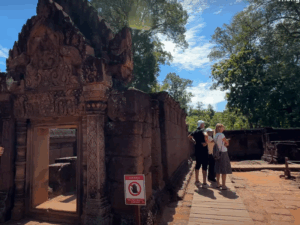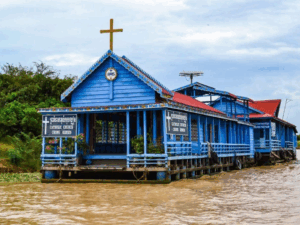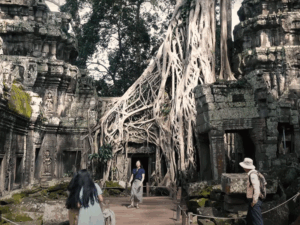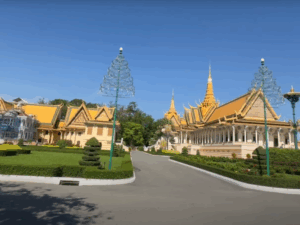Have you ever dreamed of visiting a city that is a perfect blend of modernity and tradition? A city that’s rich in history, culture, and cuisine? Look no further than Hanoi, the capital city of Vietnam. This vibrant city is nestled in the heart of the country and offers a plethora of experiences that will leave you inspired, creative, and thrilled. Whether you’re a history buff, foodie, or culture lover, Hanoi has something for everyone. In this article, we’re going to take a closer look at why Hanoi should be on your bucket list.
History and culture:
Hanoi is a city that’s steeped in history and culture. It has been the cultural and political center of Vietnam for over a thousand years and has witnessed wars, colonialism, and revolution. The Old Quarter of Hanoi is a must-visit destination that’s brimming with narrow streets, traditional houses, pagodas, and temples. The area dates back to the 13th century and is a fascinating time capsule of Vietnam’s past. Take a walk through the streets and you’ll discover mud houses, ancient wells, and hidden alleys that are untouched by time.
Food:
Hanoi is a food lover’s paradise. From street food to fine dining, Hanoi has it all. The city is known for its pho, a delicious noodle soup that’s served with beef or chicken broth, fresh herbs, and lime. Other popular dishes include banh mi, a tasty sandwich that’s filled with grilled meat, pickled vegetables, and herbs. Bun cha, a dish that consists of grilled pork and noodles, is also a must-try. If you’re feeling adventurous, head to the bustling Dong Xuan Market and try some of the local delicacies like snails, frogs, or chicken feet.
Lakes and Parks:
Hanoi is a city that loves its lakes and parks. The city is dotted with beautiful lakes that serve as meeting places, recreational areas, and tourist attractions. The most famous lake is the Hoan Kiem Lake, located in the heart of the city. Legend has it that the lake is home to a giant turtle that helped King Le Loi defeat the Chinese Ming Dynasty. The lake is surrounded by parks, temples, and pagodas, making it an ideal spot for a leisurely stroll or a jog. Other must-visit parks include the West Lake and the Botanical Gardens.
Fashion:
Hanoi is a city that’s becoming increasingly fashionable. The younger generation is adopting a modern approach to fashion while still honoring the country’s traditions. The city is home to many talented designers who are putting Hanoi on the fashion map. The Old Quarter is a great place to shop for traditional Vietnamese fashion like the Ao Dai, a Vietnamese long dress worn by women. The Hang Gai Street is also a popular shopping destination for silk products like scarves and ties.
Nightlife:
Hanoi may not have a reputation for being a party city, but it has a thriving nightlife scene. The city is home to many bars, clubs, and cafes that cater to a diverse crowd. The most popular area for nightlife is the Old Quarter, where you’ll find everything from rooftop bars to live music venues. The Ta Hien Street is a lively spot where locals and tourists gather for cheap beers and street food. If you’re looking for a more upscale experience, head to the West Lake area where you’ll find many trendy bars and restaurants.
With its diverse culture, natural beauty and magnificent architecture, Hanoi is a magical place that no traveler should miss. From the bustling Old Quarter market stalls to the impressive temples of Thang Long Citadel, whatever your reasons for traveling, you’re sure to find something to love in Hanoi. Be inspired by the vibrant culture and unbelievable views – just remember to take lots of photos and plan plenty of time to explore! Whether you’re looking for a taste of historical Vietnam or just want an unforgettable travel experience, visiting Hanoi won’t let you down. So what are you waiting for? Vacation awaits – so pack your bags and book your trip today. From beaches and Buddhist temples to night markets and limestone peaks, there’s never been a better time to fulfill your dreams of traveling in Vietnam!
- The Best Exotic Vietnam – 16 Days / 15 Nights (75 views)
- Uncover Cambodia’s Hidden Charms 6 Days / 5 Nights (69 views)
- Top Vietnam Tour Operators – The Ultimate Guide to the Best Tour Companies for Vietnam (36 views)
- Seamless Cruise: Halong Bay to Da Nang – Fostering smooth travel experience from Halong Bay to Da Nang. (36 views)
- Vietnam Culinary Tour: Your Definitive Guide to a Food Lover’s Journey (34 views)

